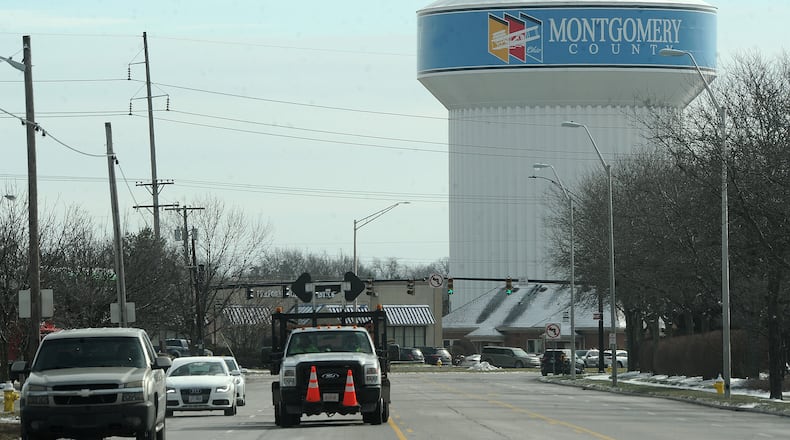“It’s challenging, and scientists are still learning every day what that means for the human body,” Wentzel said.
PFAS stands for per and polyfluoroalkyl substances. They often referred to as “forever chemicals” because they take thousands of years to break down.
Although research of the health implications of PFAS is ongoing, several studies link exposure to the substances to different kinds of cancer, reproductive issues and hormonal deficiencies, among other health impacts.
This is what concerned Butler Twp. resident Marlene Borton, whose private well was tested with assistance from Butler Twp and Montgomery County. The part of Butler Twp. where Borton lives — near Aullwood Farm, which had among the highest PFAS levels detected in the state — is the only area in the region where free well tests are being offered to residents.
She said when her results came back as undetectable, she was relieved.
“It was like a huge weight off my shoulders,” she said. “You think about the people you love who visit you, use your water. You want them to be safe. Your kids, your grandkids.”
Public Health - Dayton and Montgomery County is also not able to test drinking water for PFAS chemicals, according to a health district spokesperson.
But Montgomery County’s public health officials say residents can turn to them for guidance on filters, questions about testing or health concerns related to forever chemicals.
State officials leading the study of PFAS contamination in the Miami Valley’s water supply say the prevention of PFAS contamination is crucial to the health of Ohioans and to reducing the costs related to water treatment.
“It’s a strategy: do we want to keep treating it at the end of the process? Or do we want to get at the source and stop it from affecting our sources of water from the front end?” said Anne Vogel, Ohio EPA director.
Linda Weavers, Ohio State University professor and co-director of the Ohio Water Resources Center, said a higher level of accountability for companies that produce toxic substances is needed to prevent further contamination.
“It’s vitally important that we protect our drinking water sources in the first place,” Weavers said. “Clean-up of contamination is so costly and can take decades to address. And in the meantime, riskier health outcomes result from the contaminants we’re exposed to.”
About the Author

